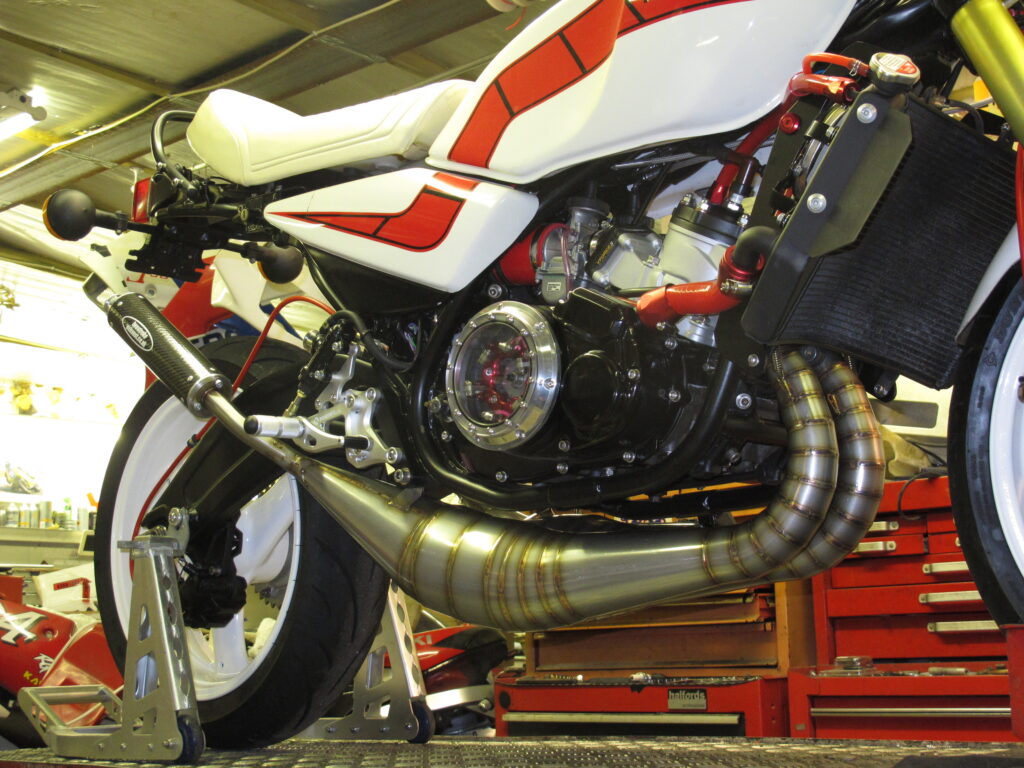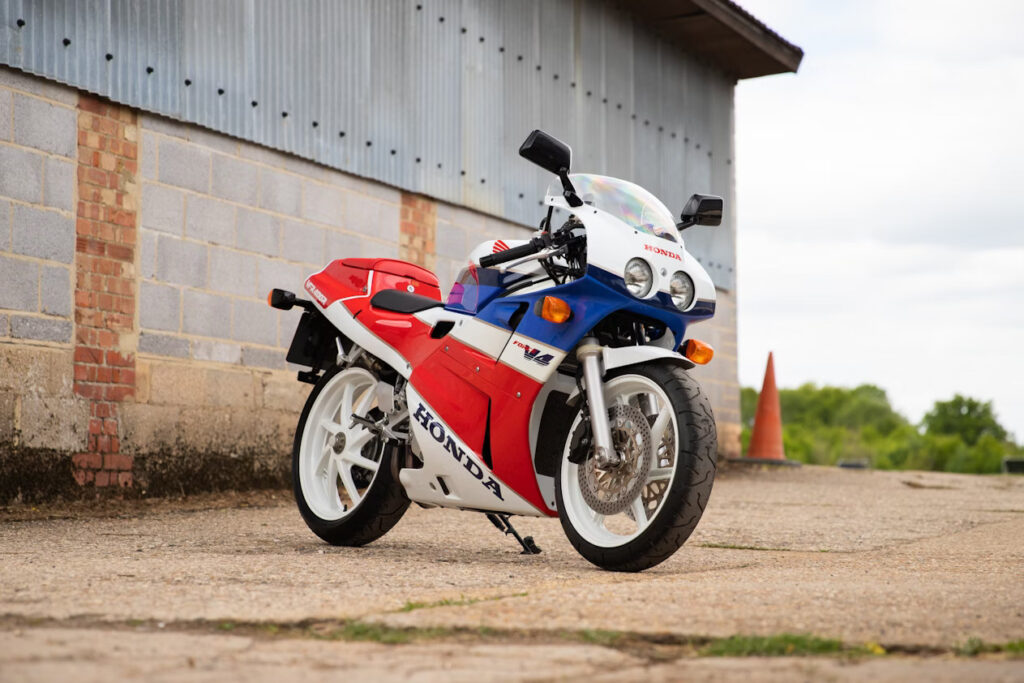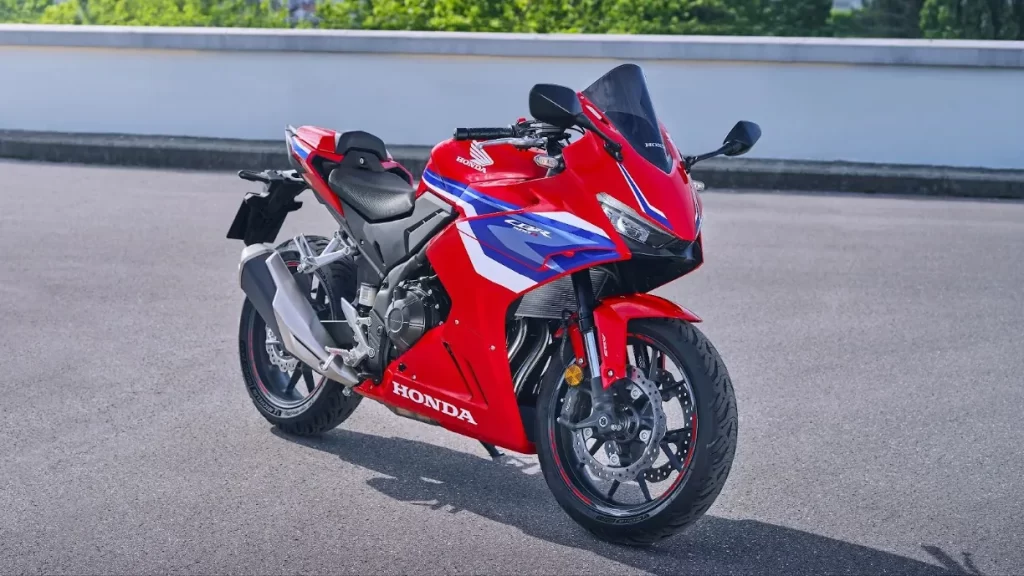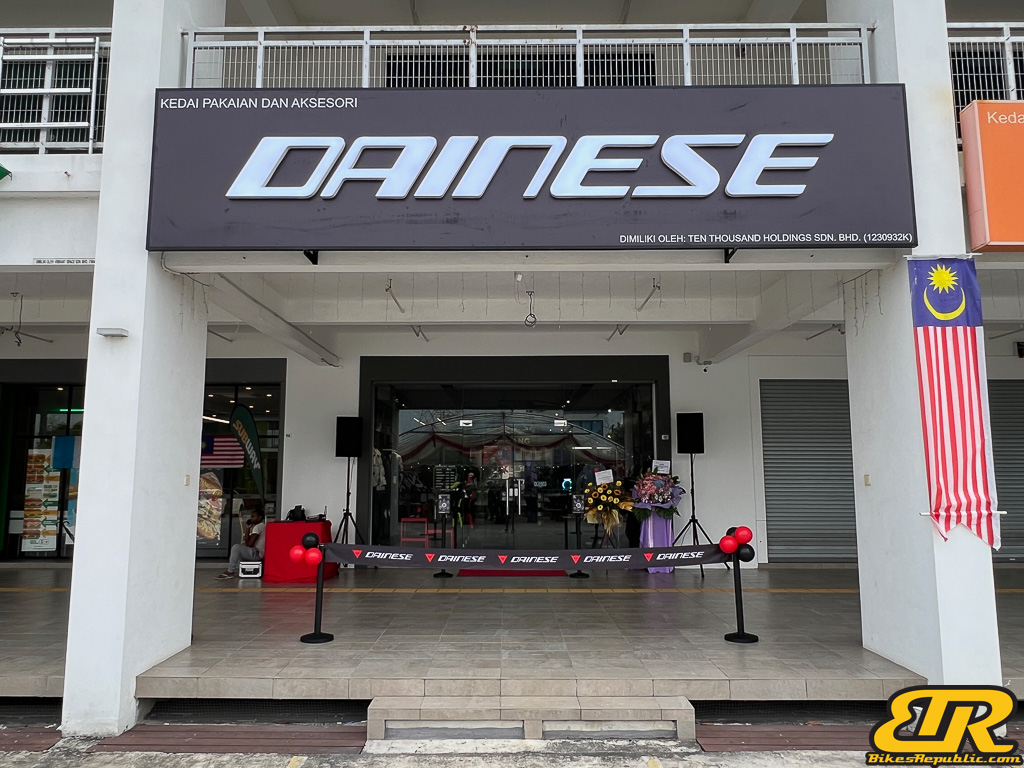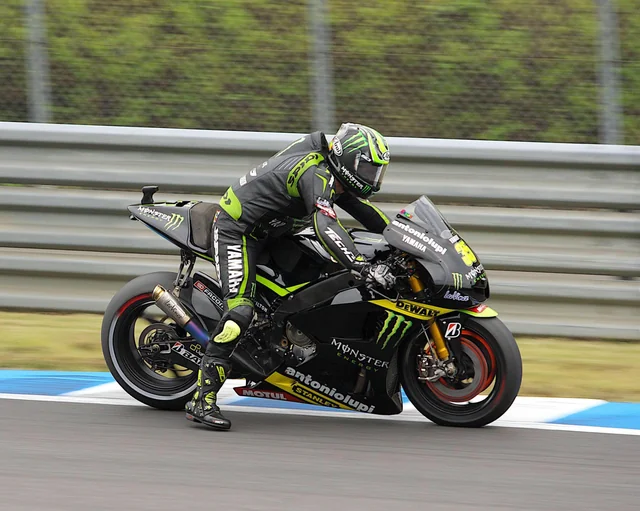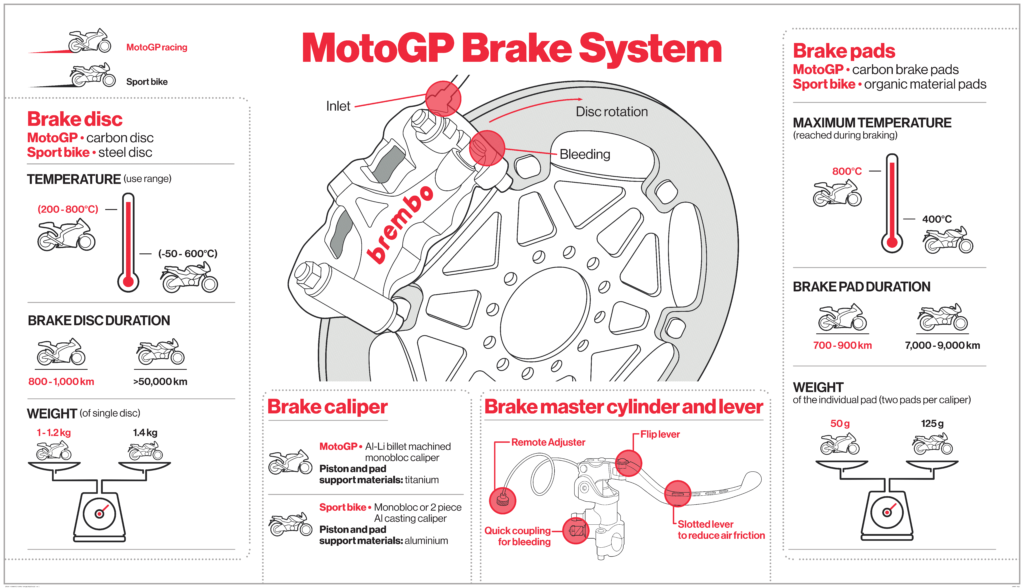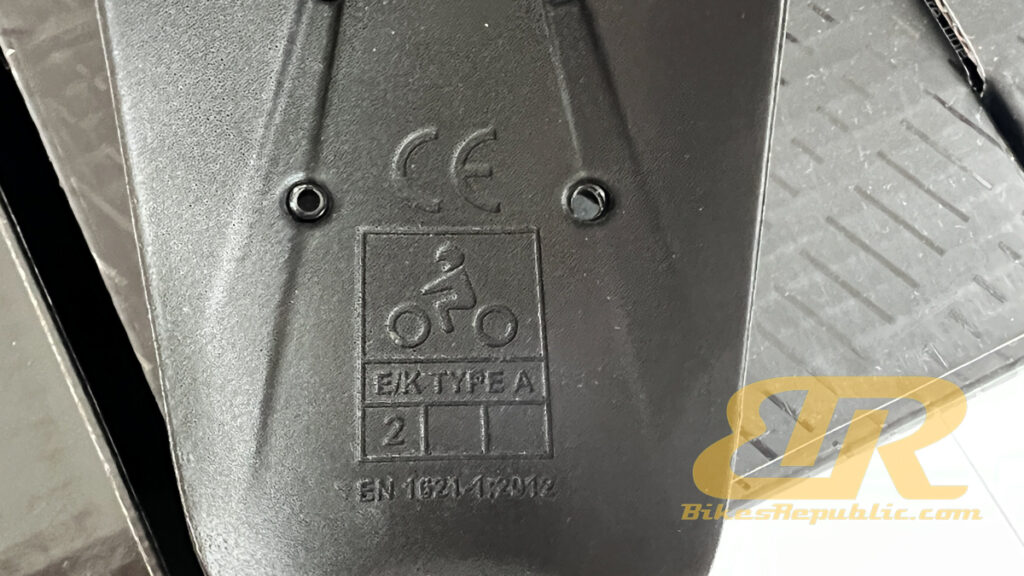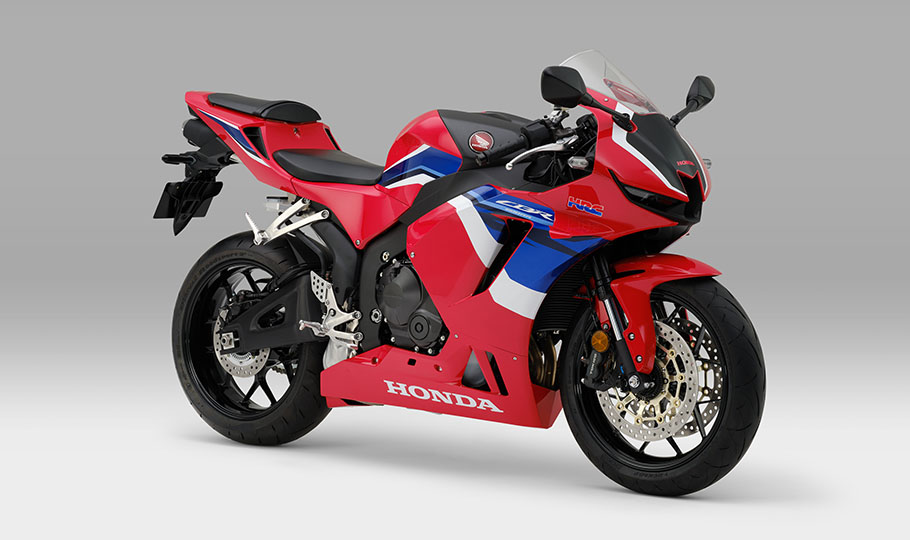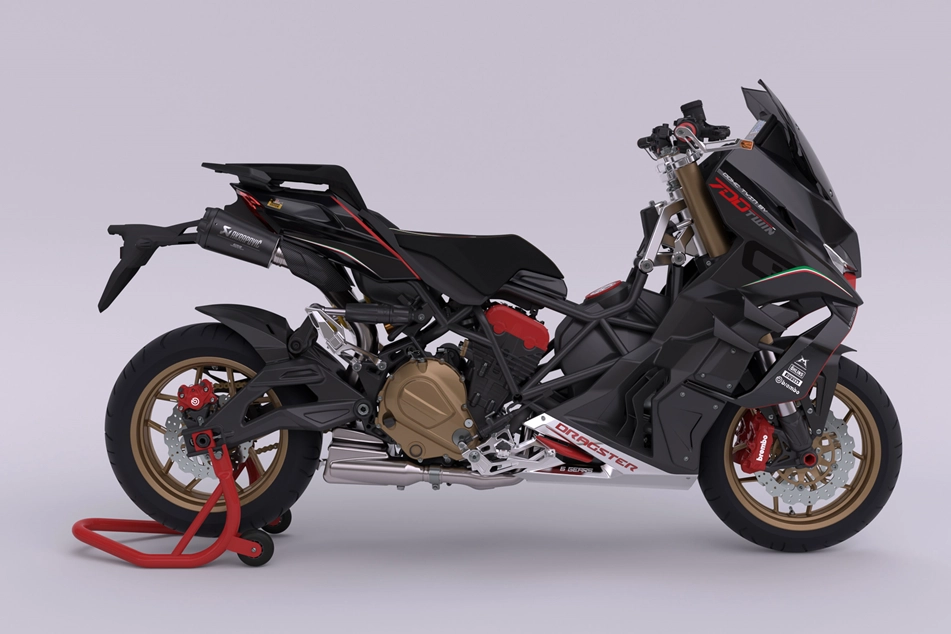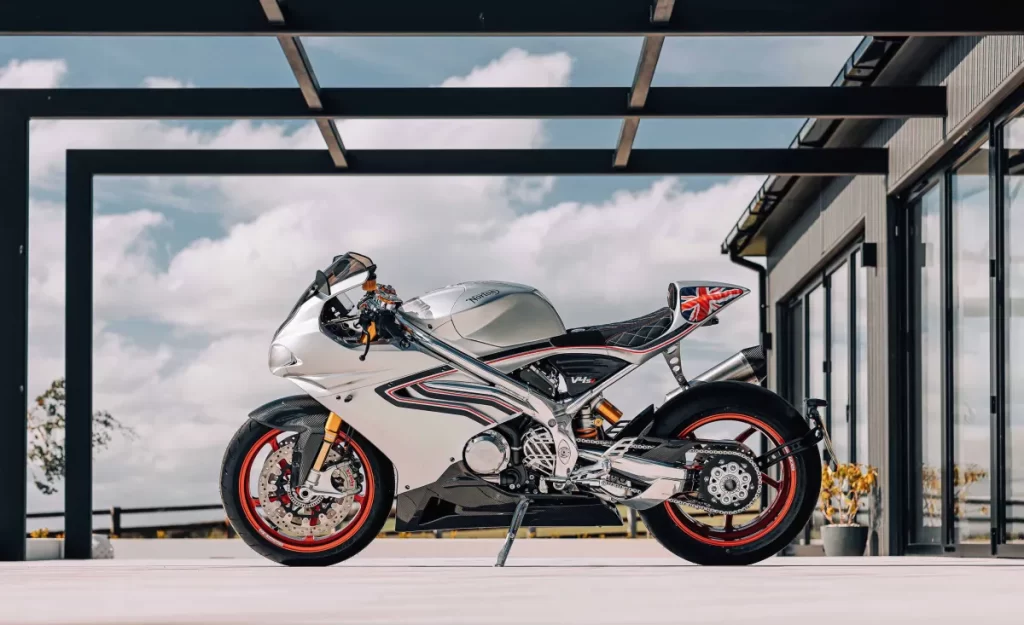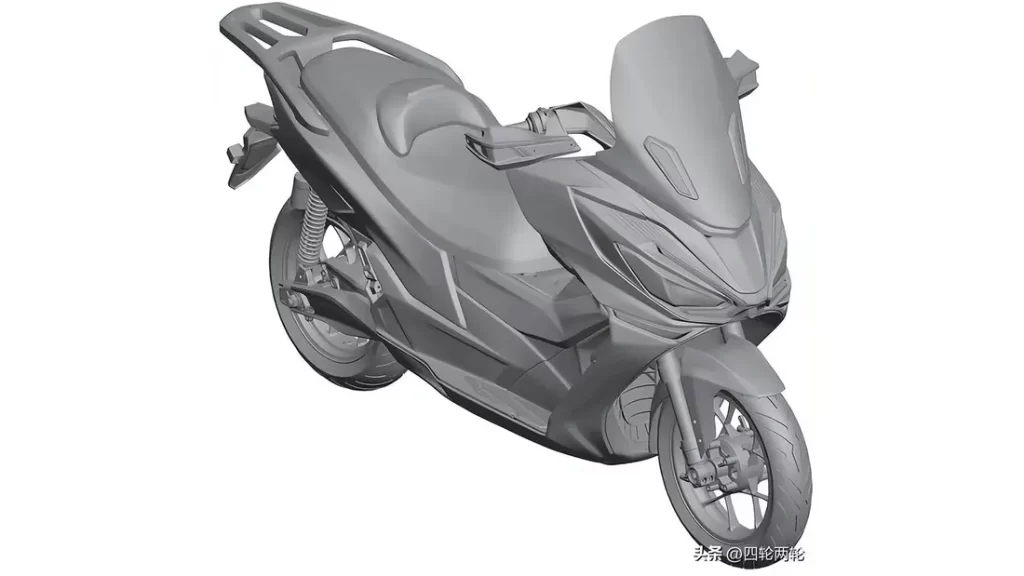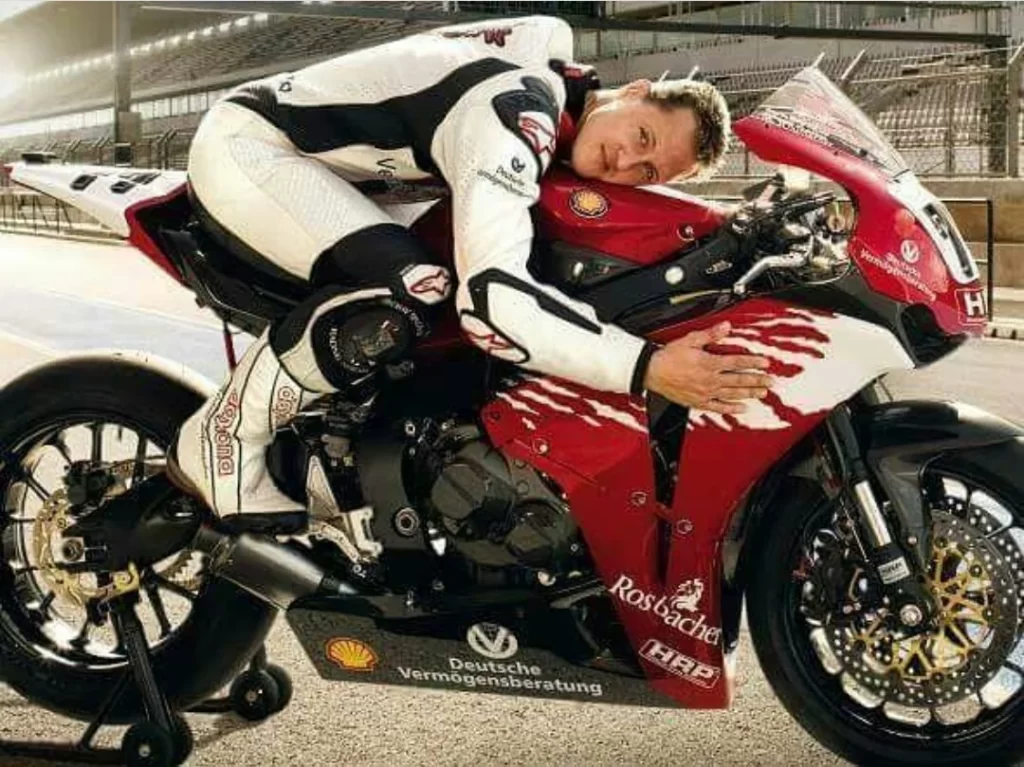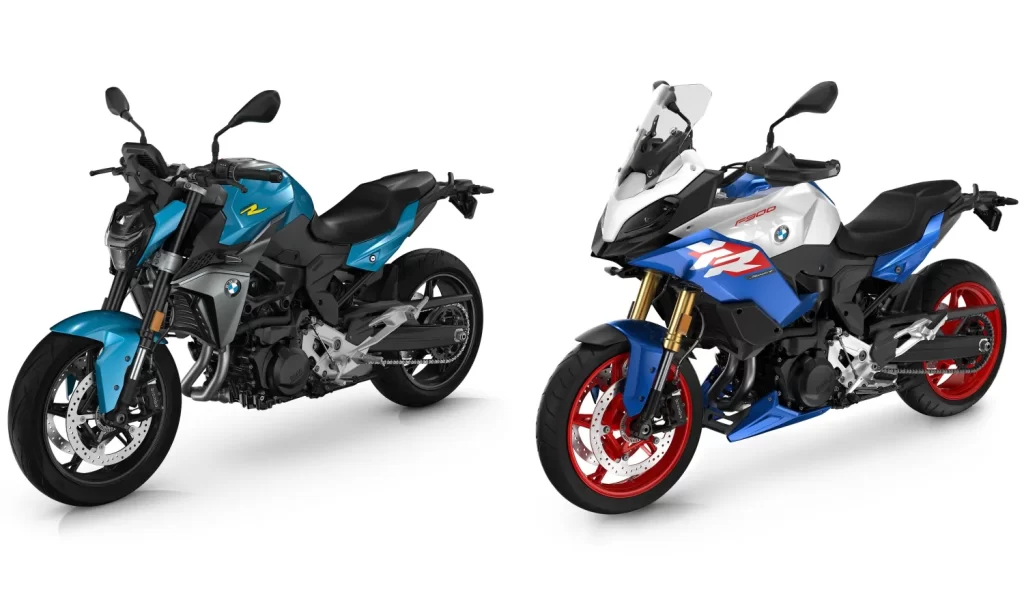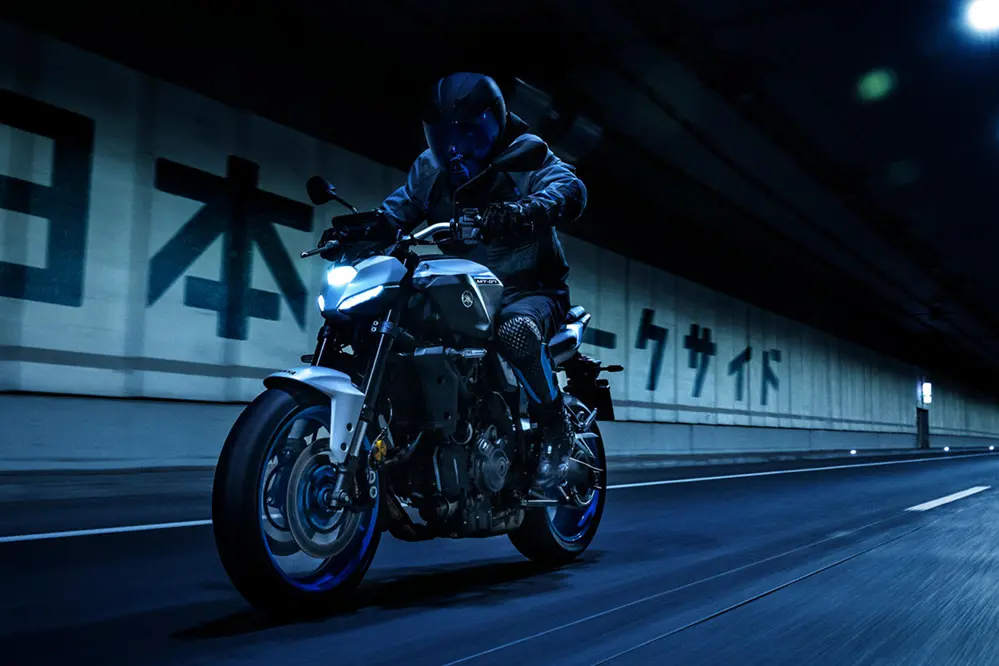We have since published the Glossary of Motorcycle Terms for the letters “A,” “B,” “C,” and “D.” So let us push on to the letter “E.”
The point of this is to help you identify and understand motorcycle terms better. It makes it much easier to explain the terms to your riding buddies and impressing them. *LOL*
Motorcycle terms beginning with the letter “E”
ECE: Acronym for the United Nations Economic Commission for Europe. It was established in order to promote economic cooperation and integration among its member states. As such, the ECE committee created sets of regulations for all products sold in the region, including those for the motorcycle industry, such as biker gear, motorcycle parts, etc. For example, the ECE R22.06 standard for motorcycle helmets, EN 1621 for the protective padding in rider gear, ECE R90 for brake pads, and many more.
ECM: This acronym could have several meanings but mainly as an electronic control unit. Some identify it as the engine control module, or electronic control module.
ECU: Electronic Control Unit. See ECM above.
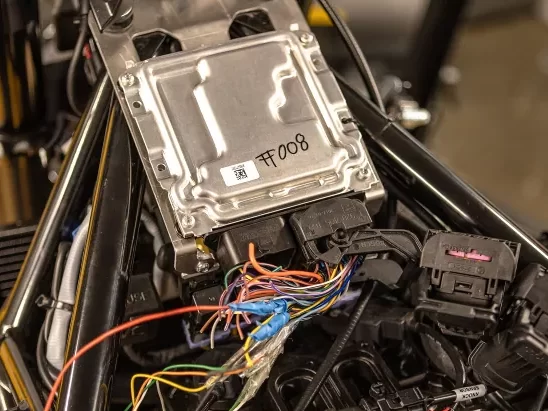
EFI: Electronic fuel injection. Fuel supply to the internal combustion engine is controlled electronically by the ECU, which acts on the fuel injectors to deliver the correct amount of fuel, at the corresponding timing, and duration.
Electronic Ignition: A computer-controlled method that conveys a high-tension current to the spark plug(s), to ignite fuel-air mixture. The timing is controlled by the engine control unit.
Electrode: The tips between which the electrical ions jump across in a spark plug.
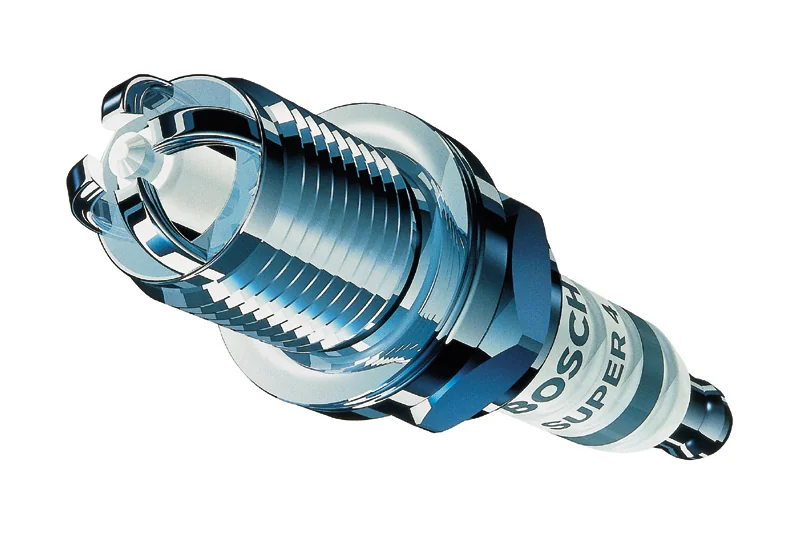
Electrolyte: A fluid inside a battery, usually an acid.
Endo: The old term for a stoppie, as in lifting the rear wheel off the ground while braking hard or stopping. Conversely, lifting the front wheel off the ground is called a “wheelie.”
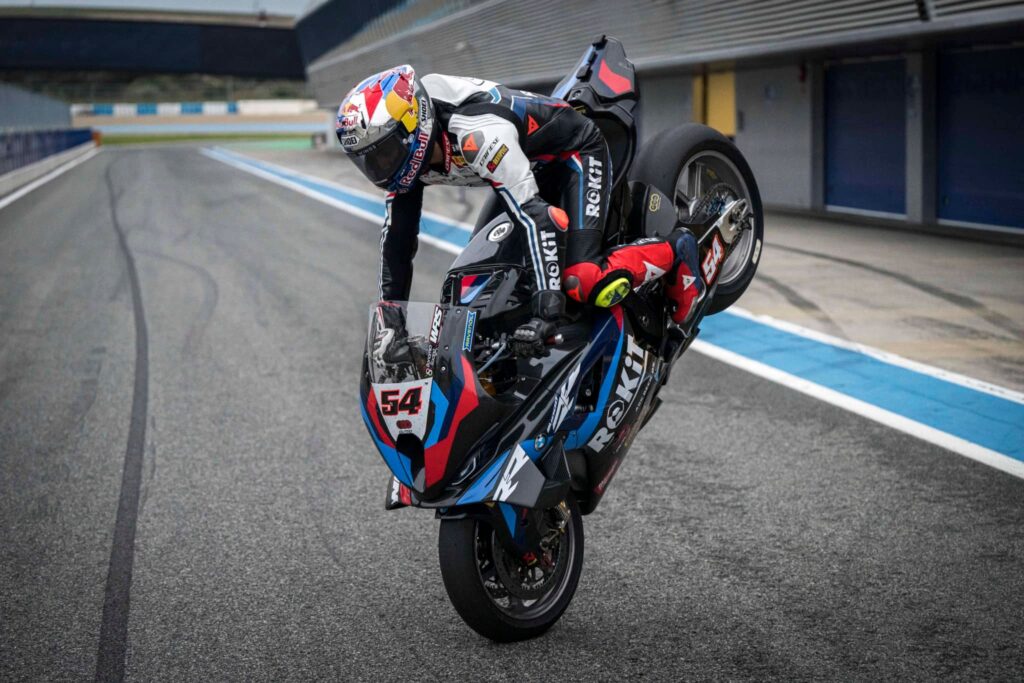
Enduro: Two meanings here: 1) A motorcycle that combines the off-road attributes of a motorcrosser and street bike, i.e. complete with lights and can be registered for road use. Enduro motorcycles are designed to handle challenging terrains, including dirt trails, rocks, and forest tracks. 2) A motorcycle competition that combines off-road racing and long-distance riding and/or over obstacles.

Engine Cut-Off Switch: The engine cut-off switch, commonly called a “kill switch,” is located on the handlebar control housing as a safety feature that instantly cuts off power to the motorcycle’s engine when activated. It is especially useful should a crashed motorcycle’s engine continues to run.

Engine Displacement: More commonly known as the engine’s size. It is the total swept volume of the pistons in an engine’s cylinders, usually measured in cubic centimeters (cc), litres, or cubic inches (for American motorcycles).
Engine Guards: Engine guards are crash guards designed to absorb impact and redirect force away from the engine and other vital components and serve as a protective barrier between the motorcycle and the ground or other objects. Typically made of durable materials like steel, aluminium, or polymer. There are several types depending on the motorcycle’s part to protect i.e. forks, frame, engine sump, engine covers, the rider’s legs, exhaust, etc.

Exhaust: Or exhaust system, to carry away the gases resulting from combustion of the fuel-air mixture in the engine’s combustion chamber.
Expansion Chamber: The expansion chamber is a motorcycle exhaust system used on two-stroke motorcycles (four-stroke engines do not require expansion chambers). It consists of a series of tuned cones and chambers that help improve the flow of exhaust system gases and increase engine power. You can identify it as the part with the largest cross section along the exhaust pipe.
